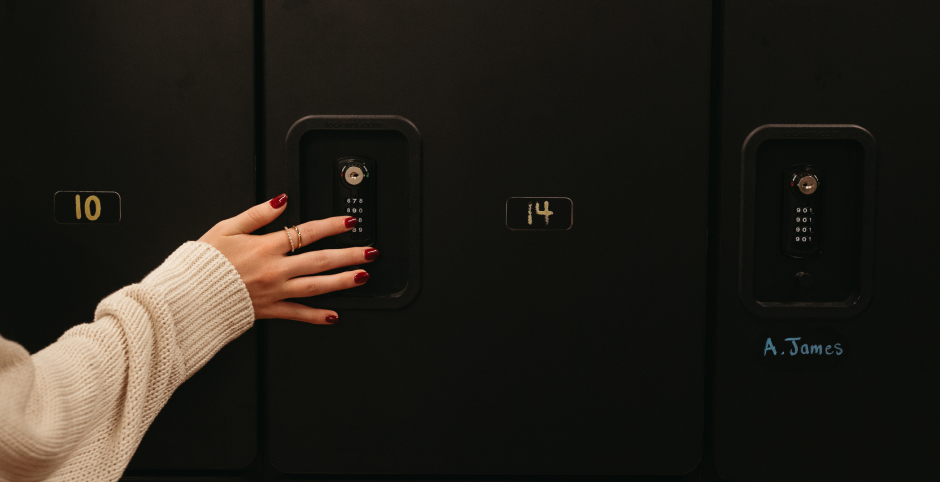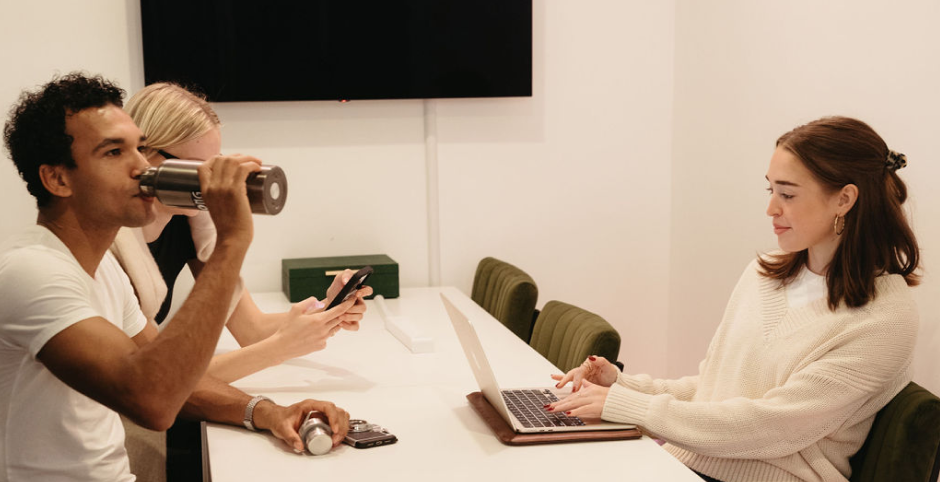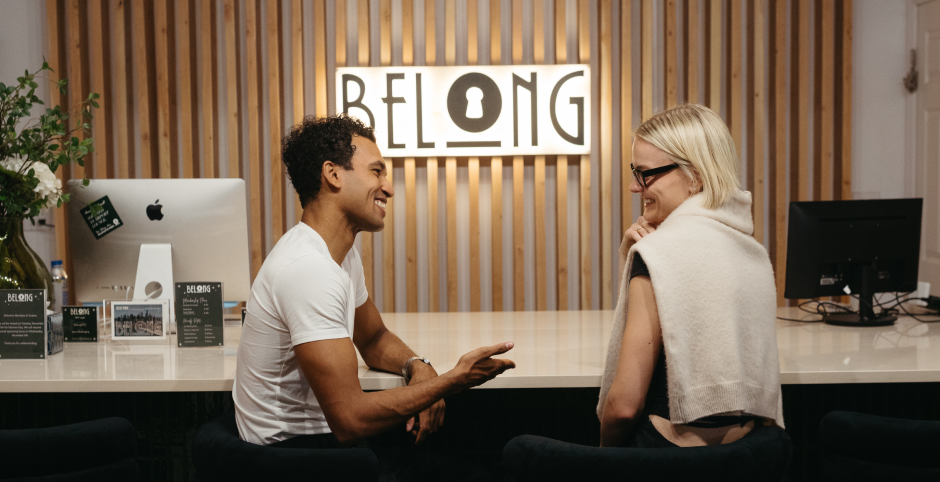05/12/2025
The Evolution of Coworking Spaces: Adapting to Modern Work Trends
Coworking didn’t start in glass buildings with artisanal coffee. It started at kitchen tables, in crowded cafes, and in the corners of libraries where outlets were gold and the Wi-Fi password was something like library123. Early remote workers learned to type quietly so baristas wouldn’t give them side-eye, and freelancers booked coffee meetings around free Wi-Fi zones.

But that was years ago. Coworking has grown up. What began as a scrappy alternative to office leases and lonely home setups has evolved into something entirely new - flexible, smart, and more human than a cubicle ever was.
Today, an NYC coworking space isn’t just desks and chairs. They’re solutions designed specifically for how we work now - remotely, flexibly, collaboratively, and on our own terms.
Here’s how coworking spaces have evolved to match modern working trends - and why they’re more relevant than ever.
Desk Rentals to Flexible Workspaces

Early coworking spaces were simple: desks, chairs, Wi-Fi, and maybe some coffee if you were lucky. But as remote work became mainstream, spaces realized they had to offer more than just a place to plug in.
Now, coworking spaces function as fully flexible environments. Instead of just a desk, you get on-demand workspace NYC - rooms you can book by the hour, open areas for collaboration, and quiet corners for deep work. These spaces are set up for quick drop-ins, monthly memberships, or one-off visits. It’s about working how you want, not fitting your schedule around a rental.
And the shift is permanent. Today, hybrid work isn’t just a temporary trend - it's the new normal. Spaces that offer genuinely flexible solutions, like those at BELONG NYC, understand this better than most.
Meeting the Needs of Hybrid Work

Hybrid work changed everything. Office days are optional, Zoom calls are standard, and some employees might only visit their company’s physical space once a month. This new flexibility demands flexible spaces.
Coworking locations today aren’t only for freelancers and startups. They’re crucial for corporate teams with hybrid workers. Companies now routinely book private meeting spaces NYC for teams to collaborate in person without renting long-term office space. It saves money, simplifies logistics, and offers the flexibility that traditional leases never could.
And these aren’t cold, formal meeting rooms. They’re comfortable, designed thoughtfully, and ready for everything from brainstorming sessions to presentations. You can plug in, dial in, or tune out whenever needed.
Designed for Productivity

When coworking started, the spaces didn’t have to look great - they just had to function. But modern coworking spaces understand that productivity and comfort are closely tied. These spaces don’t just focus on ergonomics; they consider lighting, aesthetics, and even the mood of the space.
Modern coworking spaces feature plants, artwork, and thoughtful interior design to make working efficient and enjoyable. It’s easier to focus when the space around you feels intentional rather than just functional. This isn’t about looking good on Instagram - though that's a nice bonus.
Many spaces, especially in trendy neighborhoods like Soho, have become destinations themselves, drawing professionals who want to work somewhere that feels inspiring. Spaces like BELONG NYC (one of the best places to work in Soho) have created environments that earn them titles like best places to work in Soho - and it's no accident. Good design invites good work.
Not Just for Freelancers
Coworking spaces used to always be thought of as places for freelancers or side hustlers who couldn't afford an office lease. Now, the coworking crowd looks a lot different.
It's a mix of freelancers finishing client work, remote execs hopping between meetings, corporate teams, and creatives brainstorming - often all in the same place. Someone could be editing a podcast next to someone else on a Zoom call.
Health and Wellness

As the conversation around workplace well-being has grown, coworking spaces have taken note. It's central to coworking design. Some spaces offer yoga studios, meditation rooms, or even nap pods NYC for quick, restorative rests between calls.
These features acknowledge something important: Productivity isn’t about working all day without a break. It's about balance. Modern workers understand the need for downtime to recharge. Coworking spaces that prioritize mental and physical wellness aren’t just being thoughtful - they’re helping people work better.
Community Matters

Working from home has perks - mostly sweatpants-related - but isolation isn’t one of them. Humans need connection, even introverted freelancers. Modern coworking spots know this, and they work community into the experience.
It’s not forced team builder exercises either. Instead, you meet real people at networking events, coffee breaks, or shared tables. Conversations happen organically, connections form naturally, and suddenly you’re collaborating with someone who sat next to you at lunch.
Work Meets Life
Flexible workspace NYC isn’t just desks and Wi-Fi. Great workspaces mix business and pleasure. Kitchens aren’t just microwaves and coffee machines. They’re stocked with snacks you’d actually eat and coffee that doesn’t taste like cardboard. Lounges feel like stylish cafes, and comfortable corners invite you to take breaks when needed.
Plus, a lot of coworking spaces partner with local businesses to make your day easier. It could be nearby gyms or Soho’s best lunch spot.
What’s Next for Coworking?

Work keeps changing, and on-demand workspace NYC will too. Soon, expect more personalization and spaces adapting to specific industries or groups. Eco-friendly design will become standard, not a selling point. We’ll see even more integration with technology, smarter hybrid setups, and more ways for spaces to help workers achieve genuine balance.
Expect more niche spaces - like coworking hubs for creatives with podcast booths and design studios. Or wellness drive spaces where standing desks are the norm. The future of coworking isn’t a one-size-fits-all - it's about giving people exactly what they need to do their best work without the fluff.
The specifics may change, but the core goal won’t: to support how we really work.


